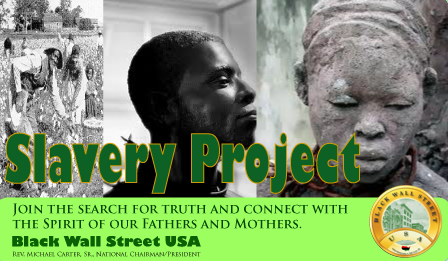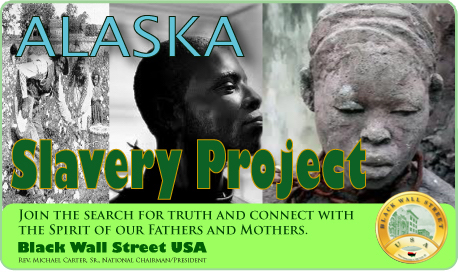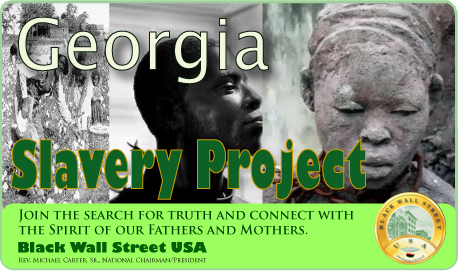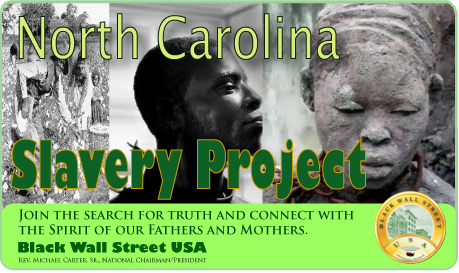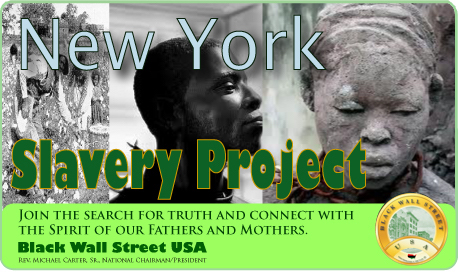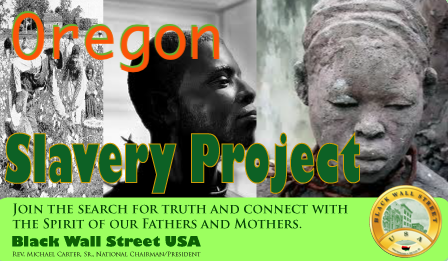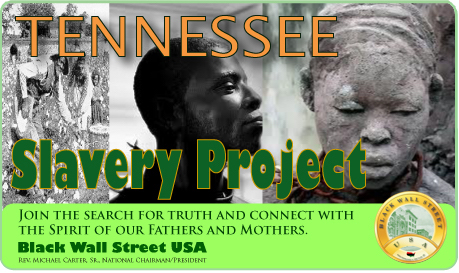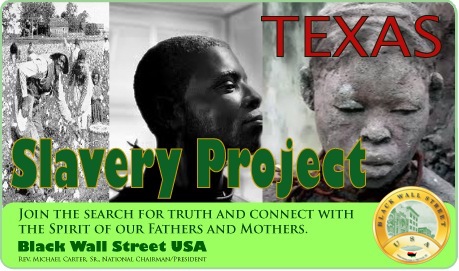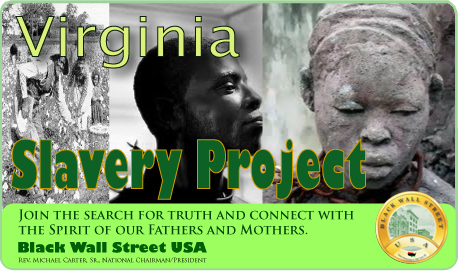Connecticut, one of the original thirteen colonies and long perceived as a bastion of progressivism and moral rectitude in the northeastern United States, holds a complex and often overlooked relationship with slavery and its lasting legacy. Despite being situated in New England, a region frequently romanticized as the heartland of abolitionism and the Underground Railroad, Connecticut was deeply complicit in the institution of slavery, the economic networks surrounding it, and the systemic exploitation of Black bodies that continues to yield profits for white-dominated institutions and corporations today.
The mythology of the North as purely anti-slavery fails to account for the deeply rooted entanglements between Connecticut’s wealth, its industrial rise, and the suffering of enslaved Africans and their descendants. This narrative of complicity and continuity is not only about historical facts, but also about confronting the systems and structures that continue to generate and accumulate wealth from the unpaid and undervalued labor of Black people.
The story of slavery in Connecticut begins early in colonial history. Enslaved Africans were present in the colony by the mid-1600s, and by the 1700s, Connecticut had one of the largest enslaved populations in New England. Despite the absence of large-scale plantations like those in the South, Connecticut’s towns and farms were dotted with enslaved men, women, and children who labored in homes, on ships, in ironworks, and on small agricultural estates. Slavery in Connecticut was intimate and normalized, woven into daily life. Ministers, judges, merchants, and even prominent political figures enslaved Black people while advocating liberty for themselves. The hypocrisy was stark and often unchallenged. As the American colonies moved toward revolution, Connecticut remained heavily invested in slavery both morally and materially. Enslaved individuals were taxed as property, advertised in newspapers, and passed down through wills.
Connecticut’s role in the transatlantic slave trade was not limited to owning enslaved people; it was a key player in the broader economic structure that supported and expanded slavery throughout the Americas. The state’s merchants and shipbuilders were integral to the so-called “Triangle Trade,” in which molasses from the Caribbean was shipped to Connecticut to be distilled into rum, which was then traded for enslaved Africans, who were shipped to the Caribbean and the American South. Connecticut’s ports, particularly those in New Haven, Hartford, and Middletown, thrived on this trade.
The production of rum became one of the most profitable industries in the state, and enslaved labor was essential at every point in this supply chain. The ships that transported slaves were often financed and insured by Connecticut firms, creating a system where the suffering and commodification of African people translated directly into wealth and social capital for white families and institutions.
Slave migration patterns were shaped by this commercial web. While Connecticut did not receive large numbers of Africans directly from the West African coast, it served as a hub for the redistribution of enslaved laborers within the colonies. Many enslaved people in Connecticut were born in the Caribbean or in the American South and were sold or transferred northward to fill labor shortages in domestic service and local industries. The concept of a “Northern safe haven” is undermined by the records that show the forced movement of enslaved individuals into and throughout Connecticut to meet the economic demands of white society. Black people, free and enslaved, faced a society that codified racial hierarchy and economic exploitation through law and custom.
The gradual emancipation laws passed in Connecticut in the late 18th and early 19th centuries were often presented as moral triumphs, yet they were constructed to maintain white economic dominance. The law passed in 1784 did not free existing slaves, but instead declared that children born to enslaved mothers after March 1 of that year would be freed only upon reaching the age of 25. This system guaranteed that white families could continue to profit from the labor of Black children well into their prime working years, while maintaining the appearance of progress. Many enslaved people died before reaching the age of emancipation. Others were sold southward before they could claim their so-called freedom. Full legal emancipation did not arrive in Connecticut until 1848, long after many northern states had abolished slavery outright. Even then, the economic and social systems that had profited from slavery were left unchallenged, and their beneficiaries rarely faced consequences or restitution.
After legal emancipation, Black people in Connecticut remained subject to systems of racial segregation, disenfranchisement, and economic exclusion. They were barred from voting, denied entry to public schools, and systematically shut out of economic opportunities. Labor unions excluded Black workers, and employment discrimination confined many to menial jobs. These structures did not merely reflect social bias; they ensured the continued concentration of wealth and power in white hands. White families that had built their fortunes on slavery and slave-related commerce maintained their economic status across generations, while Black families faced systemic barriers to wealth accumulation. The wealth generated during the colonial and early national period through slavery and its adjacent industries became the foundation of some of Connecticut’s most enduring institutions, including banks, insurance companies, and universities.
Corporations and industries in Connecticut that thrive today often trace their origins back to the profits of slavery. Insurance companies, such as Aetna, which was founded in Hartford in 1853, sold policies that insured the lives of enslaved people, thereby treating human beings as financial assets. These policies allowed slaveholders to recoup losses if their enslaved laborers died, further commodifying Black life and embedding slavery into the financial services industry. Though Aetna has publicly acknowledged its past involvement in insuring enslaved people, meaningful restitution has not followed. The moral implications of profiting from such a system remain largely unaddressed by corporate America. Other financial institutions that originated in Connecticut similarly built wealth on the backs of enslaved labor and have yet to reconcile their pasts.
Educational institutions, particularly Yale University, also benefited from slavery. Yale’s early endowments and the fortunes of many of its benefactors were tied to slavery and the slave trade. Prominent donors were often merchants and shipowners who trafficked in enslaved people or products such as sugar, tobacco, and cotton that were cultivated through slave labor. The university’s founding in 1701 and its rise to prominence in the 18th and 19th centuries coincided with the economic boom brought about by this transatlantic commerce. For many years, these ties were either ignored or whitewashed. Only in recent decades has the institution begun to reckon with its legacy, yet this reckoning remains academic and symbolic rather than transformative. The wealth accumulated through the exploitation of Black labor continues to fund research, buildings, scholarships, and prestige, with little redistribution to the communities whose suffering made such wealth possible.
Modern corporations headquartered in Connecticut continue to benefit from systemic racial inequalities rooted in the legacy of slavery. These include companies involved in manufacturing, finance, and real estate—industries that historically excluded or exploited Black labor and continue to perpetuate wage gaps, employment discrimination, and unequal access to capital. Disparities in homeownership, business ownership, and wealth accumulation in Connecticut today mirror the long history of exclusion that began during slavery and extended through Jim Crow and into the present. Black residents in Connecticut, especially in cities like Hartford, Bridgeport, and New Haven, face disproportionate rates of poverty, underemployment, housing insecurity, and incarceration. These disparities are not the result of cultural failures or individual shortcomings but are the logical outcome of centuries of deliberate policy and economic structures designed to advantage white people.
The prison system in Connecticut represents a modern manifestation of the slavery industrial complex. Following the abolition of slavery, the Thirteenth Amendment allowed for the continuation of involuntary servitude as punishment for a crime. This loophole gave rise to the convict leasing system in the South, but its implications extend nationwide. In Connecticut, the prison system disproportionately targets Black and Latino residents, who are incarcerated at rates far exceeding their white counterparts. Once incarcerated, these individuals can be compelled to work for minimal or no pay, performing tasks that benefit the state or private contractors. This modern form of coerced labor is rooted in the same principles as chattel slavery: the extraction of economic value from Black bodies with minimal concern for their rights or humanity. Corporations that contract prison labor or benefit from the privatization of incarceration profit directly from this system, continuing the centuries-long practice of monetizing Black suffering.
Pharmaceutical, healthcare, and insurance companies in Connecticut also play a role in perpetuating inequities born of slavery. Disparities in health outcomes, access to care, and treatment quality disproportionately affect Black residents. These disparities are not only medical but deeply economic. For example, Black women in Connecticut are far more likely to die in childbirth, a disparity that traces its roots to the medical experimentation on enslaved women and the development of a healthcare system designed without regard for Black life. Institutions that profit from the provision of healthcare—hospitals, insurance providers, and biotech firms—rarely reinvest their wealth into the communities most harmed by these systemic failures.
Connecticut’s continued affluence, its high per capita income, and its reputation as a center for finance and education all rest on a historical foundation of slavery, exploitation, and racial exclusion. This legacy is not simply a relic of the past, but a living structure that shapes economic relations, policy decisions, and social outcomes today. White corporations and families continue to benefit from intergenerational wealth passed down from ancestors who enslaved people or profited from slave-related industries. Meanwhile, Black families continue to struggle against the compounded effects of centuries of exclusion, dispossession, and underinvestment.
In confronting the question of reparations, Connecticut must reckon not only with its role in slavery but also with the systems that followed and maintained the racial hierarchies established during the colonial period. These include discriminatory housing policies, exclusion from educational opportunities, unequal treatment under the law, and labor market discrimination. Reparations must go beyond symbolic gestures and acknowledgments. They must include material compensation, land redistribution, investment in Black-owned businesses, and systemic reforms to dismantle the structures that continue to enrich white institutions at the expense of Black communities. The wealth stolen through slavery was not only financial but also social, cultural, and generational. Any serious attempt at justice must address all these dimensions.
The enduring connection between slavery and the wealth of Connecticut’s institutions, corporations, and white families is undeniable. The legacy of enslaved labor is embedded in the walls of its universities, the ledgers of its banks, the charters of its corporations, and the structure of its economy. This is not merely a story of the past, but of the present and the future. The continued existence of a racial wealth gap, the exploitation of incarcerated labor, and the systemic disenfranchisement of Black residents are all modern expressions of the same logic that justified slavery: the subordination of Black life for white gain.
To move forward, Connecticut must confront the full extent of its complicity and commit to transforming its systems in the name of justice. The fight against the slavery industrial complex is not only a moral imperative—it is a necessary step toward creating a society in which freedom, dignity, and equality are not selective privileges, but universal rights. Only then can Connecticut live up to the ideals it so often claims to represent.

